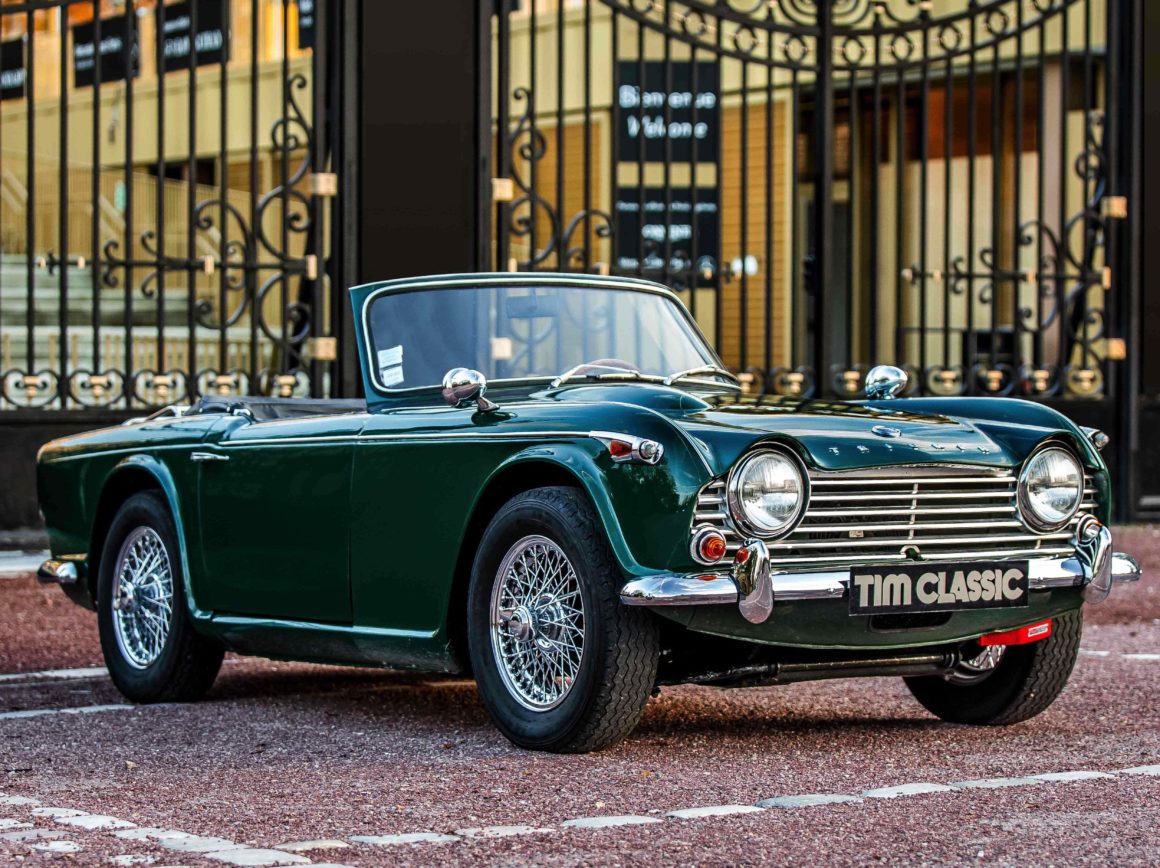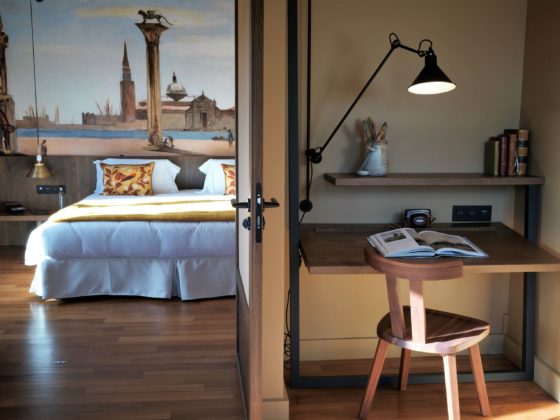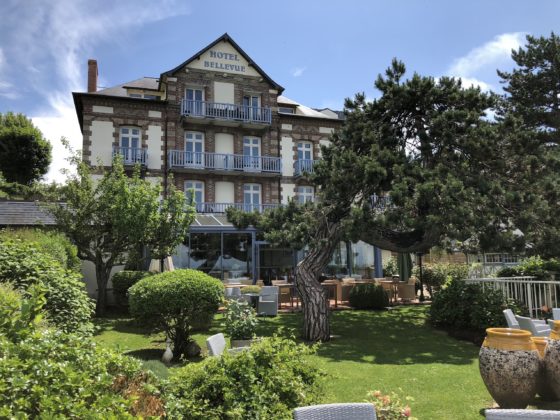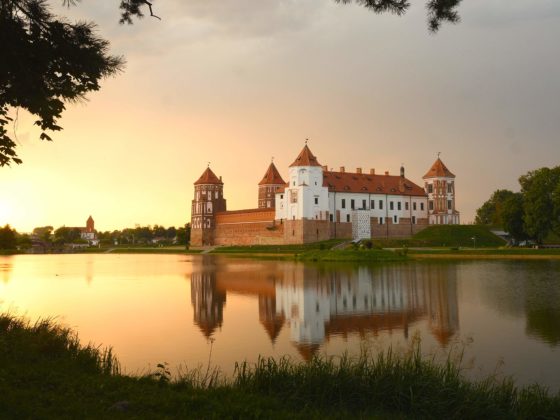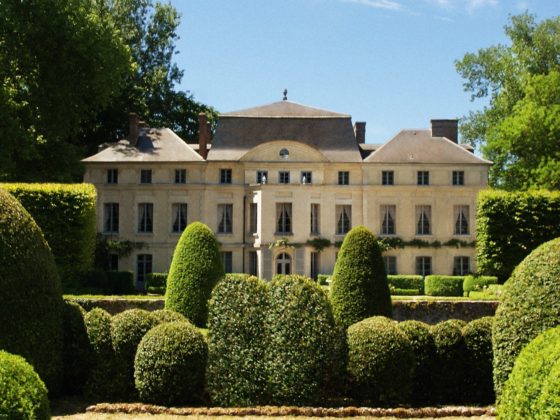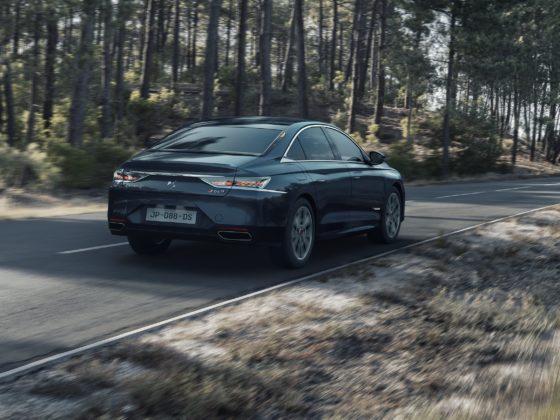How could the British produce the most beautiful convertibles in the history of the automobile since the post-war period, when they lived on an island where the rainfall was one of the highest in Europe? Answer to this crucial question and career secrets of one of the most famous British roadsters, the Triumph TR4. To be read under a light drizzle.
By François Tauriac
When there is little sunshine and precipitation in Brittany, inevitably, we want to go out as soon as the first rays come. This is the only plausible explanation for the surge in English convertible production since the end of the Second World War. However, there is a more serious reason for the British passion for convertibles. If the Perfidious Albion has always specialized in the manufacture of cars without roofs, it is mainly because it realized very quickly the importance of the American market. As we mentioned in a previous article, it sold 70 to 80% of its production there between the 1950s and 1980s.
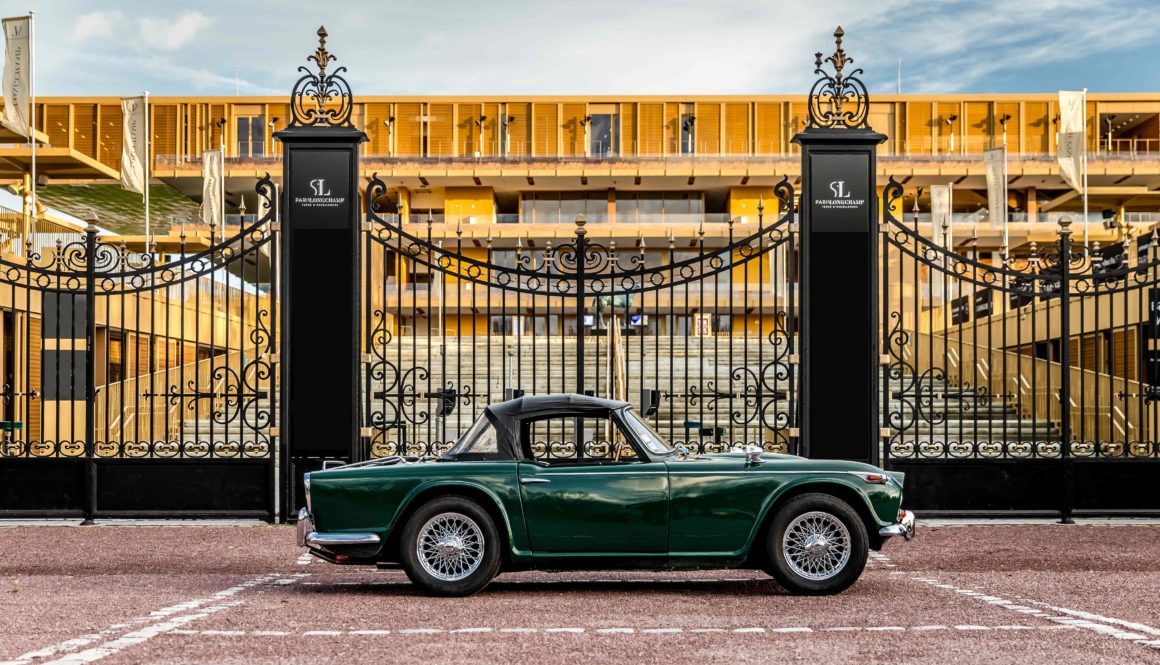
The TR4 is no exception to this rule. Born in 1961 on the basis of the TR3 – itself an evolution of the rustic TR2 -, the TR4 – TR for Triumph Roadster -, even though it uses the same chassis, will create a real break with its two big sisters. The undulating curves of its predecessors were followed by the taut, angular lines of a roadster designed by the Italian Giovanni Michelotti. Between the modern style, due to the magic pencil stroke of the transalpine designer and its big 4 cylinders widely tested at Triumph, the TR4 will know an immediate success in particular in the USA. It must be said that its creator is not an unknown. He started out at the Vignale body shop and designed Ferraris, Alfa Romeos, Maseratis and even the Alpine Renault A110 throughout his life. As for the engine, it is not, as the legend says, a poor adaptation of a tractor block – it will be assembled by Massey Ferguson afterwards, hence the confusion – but an evolution of a Standard Vangard block with an increase in displacement to 2.2 liters. Admittedly, this block, tumbled cast iron, is nowhere near as noble as that of an MGA Twin Cam or an Alfa Giulia twin. But its simple design makes it a powerful and robust engine. Combined with a 4 overdrive gearbox – on the two terminal gears – it even works wonders and is capable of taking the TR, thanks to 100 hp, to over 180 km/h. Well, its rear axle with rigid axle and leaf springs is not a model of road holding. But it will be improved in 1966 with an independent rear axle IRS – independent rear suspension.

50 years later, the handling of a TR4 is still a pleasure. You let your hand run from the lights on the rear fender to the elegant wiggle of the door, as if to reassure the animal, and then you settle into a plush, well-equipped cabin. Speed, tachometer, oil pressure, dynamo charge, fuel gauge… A Jaeger pressure gauge is not missing from the dashboard. The manual choke is with pull cord. It controls the enrichment of the two carburetors – Zenith Stromberg or SU. The ignition key is in the middle of the dashboard. She’s tiny. As small as a Kelly Hermes bag lock. As soon as you turn it, you recognize the characteristic “re-re” of the asthmatic Lucas starter who coughs like a lost person. An electric signature, with a reliability that is, to say the least, measured, which earned the equipment manufacturer Lucas the nickname of Prince of Darkness. So, if the ignition is well adjusted and the foot is not too heavy, the engine never takes long to get going. Even with the original manifold and the – imperatively simplified – exhaust system, the music of the big 4 cylinder TR is bewitching. And its melody is reminiscent of a liberated 1300 Cooper with dual Peco exhaust or an Italian roadster of the same era. Hood open, it gives a little in the rocker salad under the shaft cover. But we know we’re not at Jaguar.

The clutch is curious. Especially at the release. Normal, it is not with diaphragm but with springs. But the gearbox locks the first one with a tiny travel. It is very pleasant. So, with your eyes riveted on the stylish hood boss and your headlight lids bulging, you’re ready for the journey on small roads. If you don’t like the zephyr, forget the TR4. Even with the windows closed, well hidden behind the windshield, you will be treated to a typhoon in a tourbillon. The scroll being part of the package, there is no greater pleasure than to get drunk on the fragrance of green wheat or humus in the forest. The engine is brisk The rather rigid chassis. The car is responsive. We quickly reach 4,000 revolutions. No need to insist on trying to get into the red zone. The 4 cylinder TR does not like high revs. And its torque speaks in flexibility from 2,000. With Normanville’s Laycock overdrive, an essential option, you can even go fast without putting the needles in the glove box. When it is well maintained and the gearbox oil level is good, it reacts at a quarter turn thanks to an electric triggering by solenoid acting on the 3rd and 4th gear. A detail that allows you to downshift quickly, without forgetting to use the gas to overtake. As for braking, there’s nothing to worry about. Nor to rejoice. The big front discs do the job. But they require a lot of foot pressure to slow down the machine. Simply because there is no servo. As for the rear drums, they work quite well, but also heat up very quickly.
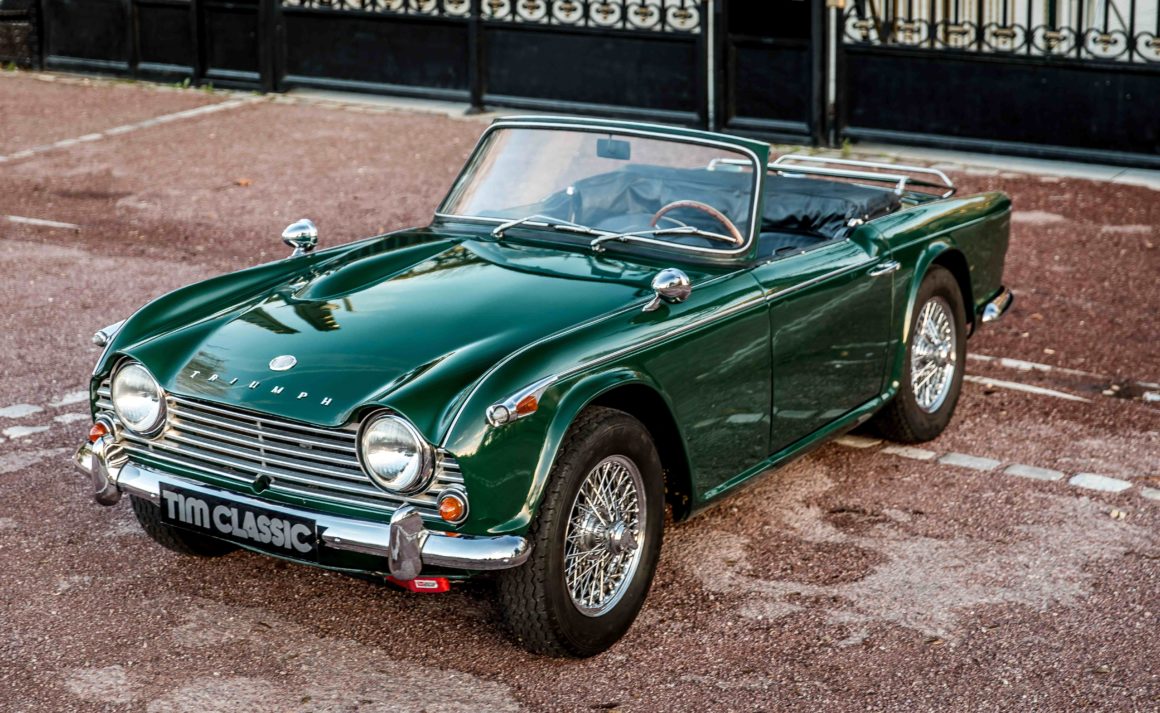
The TR4 has been very successful in competition. It even did the 24 hours of Le Mans in 1961. The English still run a lot with this car, some French varnishes too. If you decide to make an acquisition, you will have no trouble finding upgrades. So opt for an “Al-Fine” brake drum kit with fins and, while you’re at it, for classic tube shocks like Koni instead of the original Armstrong levers, nicknamed kangaroos by the collectors, because they make the TR bounce at the slightest bump. The oil cooler, easy to install, will not be useless. There’s plenty of room in the engine compartment. The brand will even succeed in housing the 6-cylinder of the TR5. A pair of ventilated front discs costs only 200 euros, a servo kit as well. If you’re really rich, switch to Weber carburetors, opt for a sharper fast road camshaft and, why not, a big valve cylinder head. You can really find everything in parts.

The last word goes to Gilles Pernet, journalist, former producer of the Formula 1 on TF1. A great lover of exceptional cars, he also owns a 1966 TR4 A IRS Royal Navy Blue. “The first time I saw this car was on the port of Concarneau on my way back from the Glénans,” he says. I had to ride it 800 meters with a buddy sitting across the back. I was a passenger because I was only 16 years old. I still talk about it 50 years later… The same year, I saw the TR4 in the cinema with Belmondo in “Echappement libre”, a film by Jean Becker. He drove one, OEW – Old English White. I might as well tell you that as soon as I could, I bought one. I did everything with my TR. I even went from La Rochelle to Paris by the small roads. Not far from 500 km. I love this car. I still take it out whenever I have the opportunity. It is faster than my MGB of the same year, although it is a monocoque. It’s more incisive, more playful and precise too. A real pleasure.

We find TR4 to restore between 7 and 10 000 euros. A very nice copy can exceed 30,000. A word of advice: don’t miss out on happiness. No matter what the cost. You will never be disappointed by this endearing and mythical roadster.
Some addresses: Rimmer Bross, the English specialist of Triumph parts; Eliandre Automobile, the specialist able to find all English cars (Christophe Decronembourg, Tel. 06.11.01.21.31.); Oscaro has an impressive list of parts for vintage cars.


